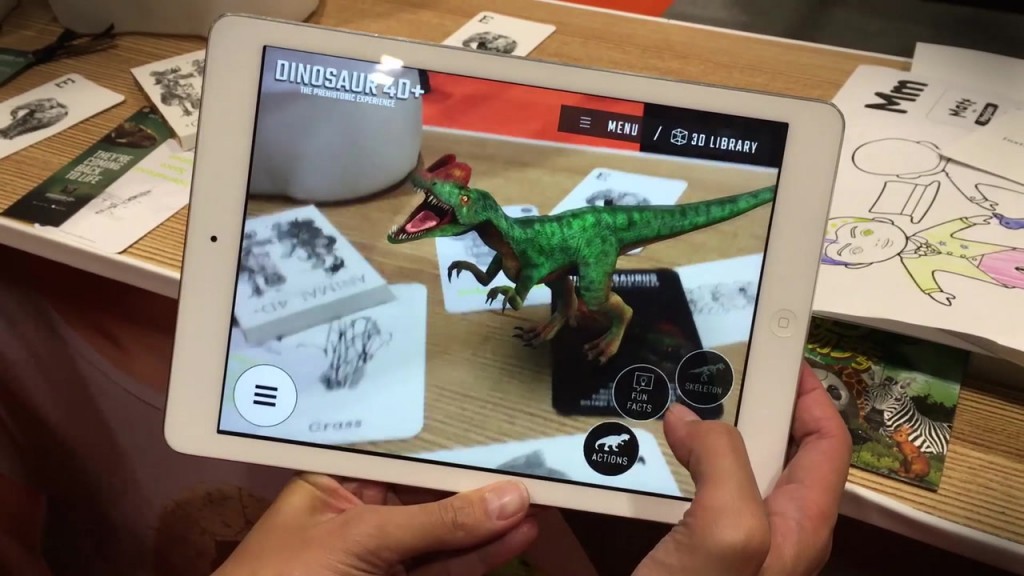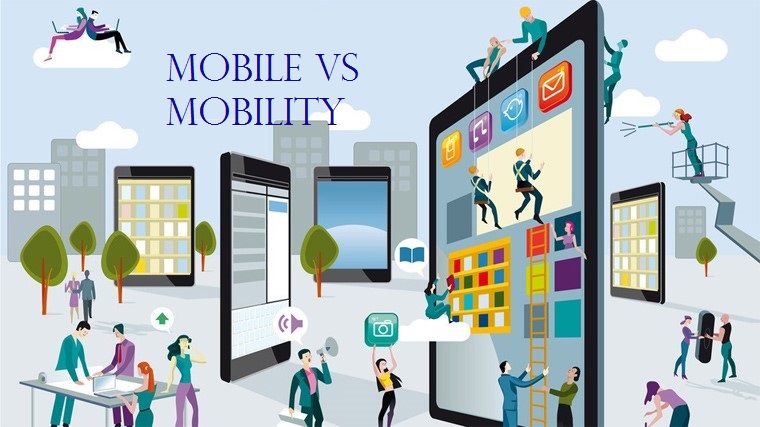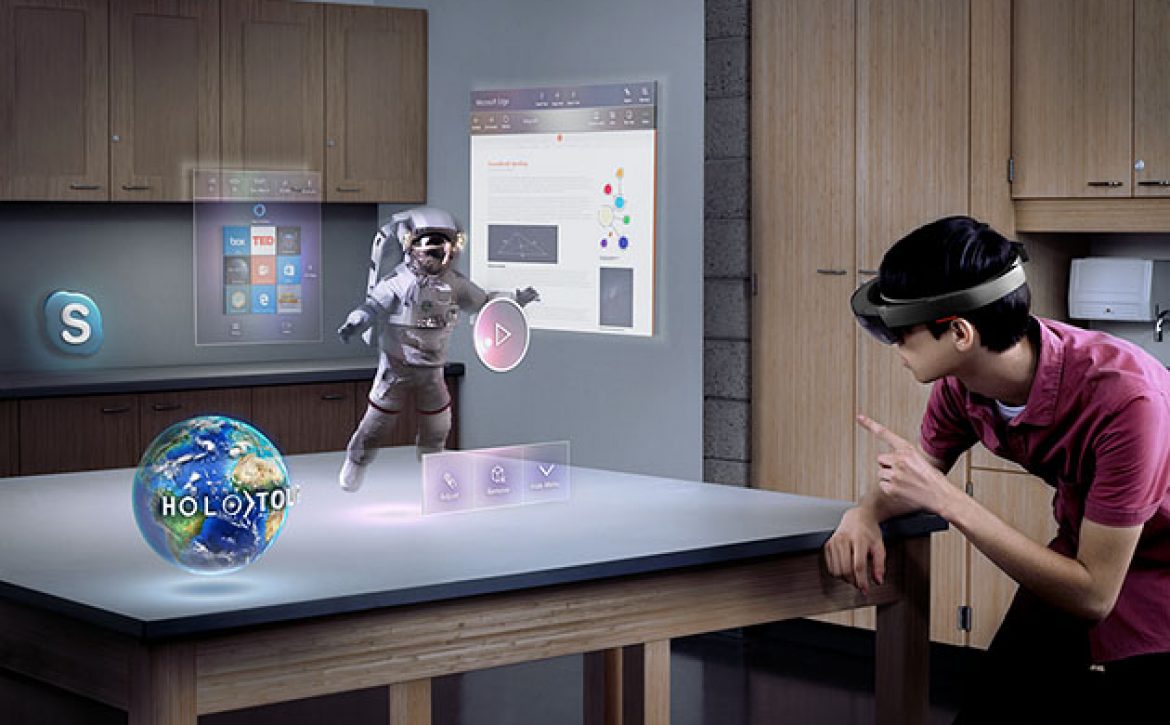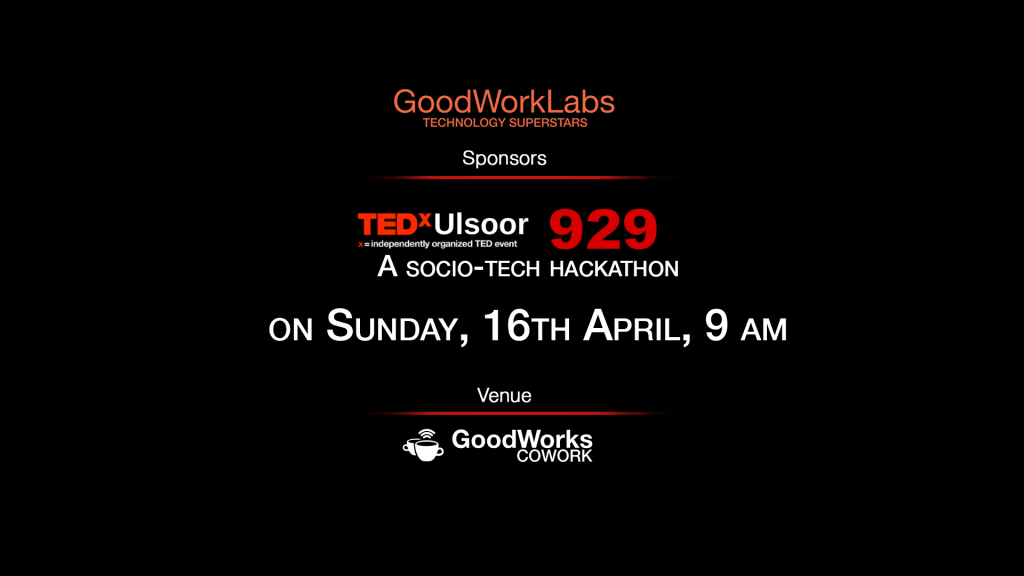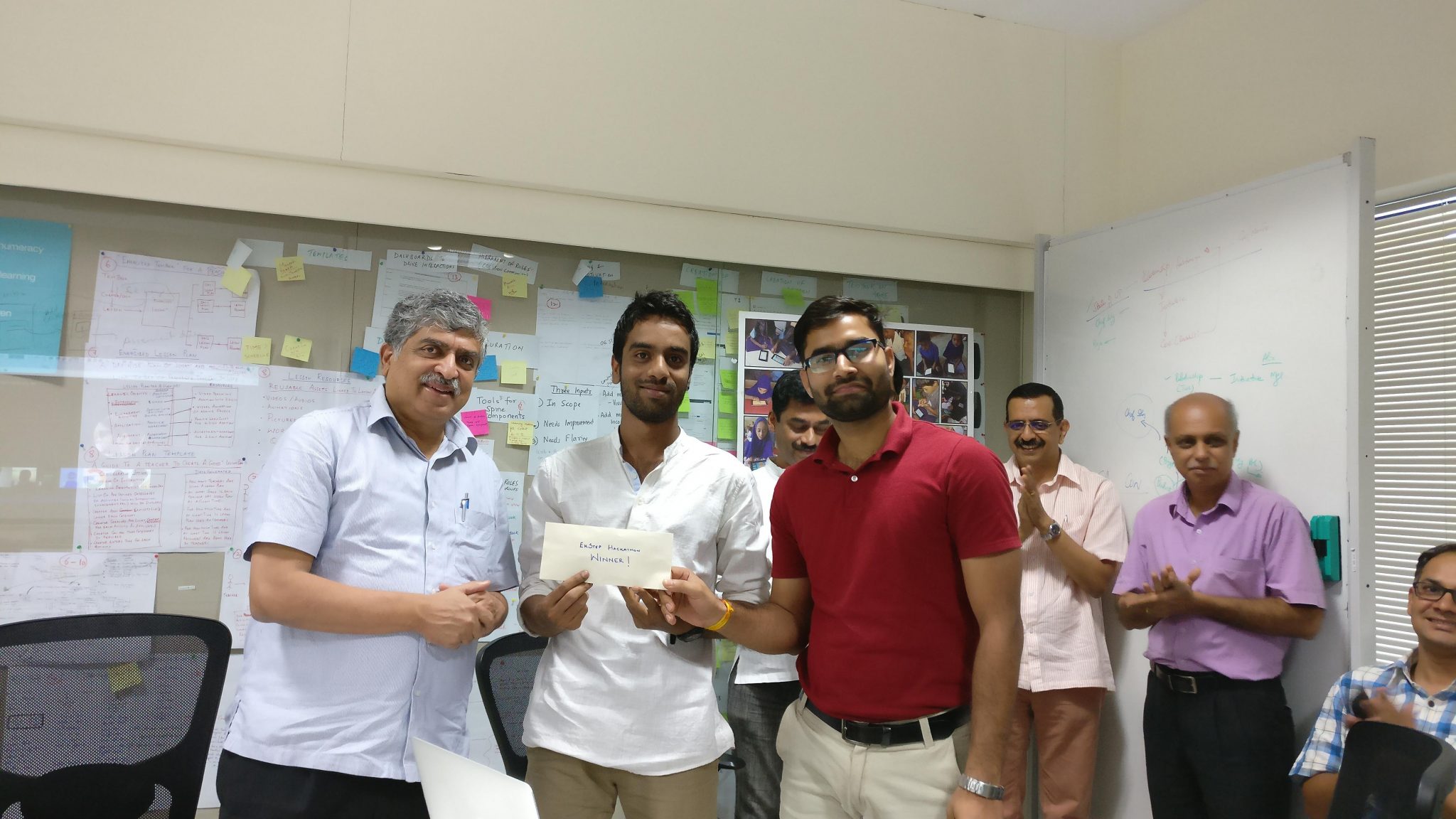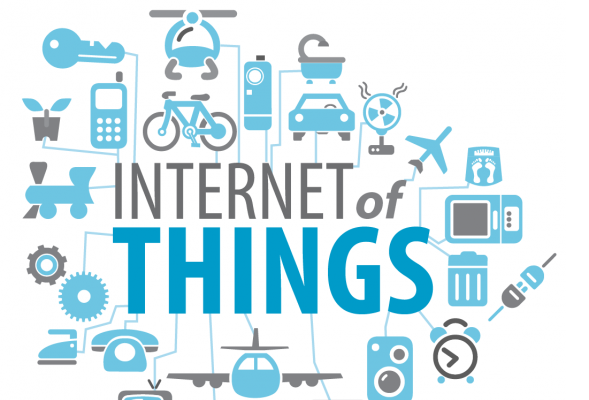15 Things A New UX Designer Should Keep In Mind
Are You A New UX Designer?
Being a UX designer is an exciting job as you get to be creative and assist in how people see the world. For those who understand the intricacies of UX designing, they will know that UX designers have a job that constantly expects them to create and innovate following deadlines. Apart from that, there are numerous challenges, one faces due to to workplace atmosphere, colleagues and clients as well.
So, we have these points you might like to ponder upon before your first job as a UX designer!
1. Know when to say yes.
Do not hold back for it is unknown territory or if you feel you are not competent enough. This is the time to learn!

2. Don’t jump into using Sketch straight away.
Get your basics right first. Make sure your skill sets on Photoshop and Illustrator are up to the mark first.

3. Get feedback often and as early as you can.
Criticism is essential for a newbie. Get as much as you can and keep improving in the long run.

4. Know when to say no.
If you think the task at hand and deadlines are not realistic, let them know!

5. Think on your feet and be adaptable.
Something will always come up last minute regularly in your job. Be flexible and understand your importance.

6. Work with developers.
Start interacting with developers early to understand the intricacies and nuances of development.

7. Think and plan first, then prototype.
Follow the steps of the design thinking approach. Do not skips steps. I repeat, never skip the steps.

8. There’s nothing wrong with asking for help.
Try to solve it for yourself first. If you cannot, then there is no shame in asking for help.

9. It is okay to come across as stupid at times.
Find a person that you feel comfortable asking ‘stupid’ questions. It is the best way to innovate and learn.

10. Organize team social events and have fun.
Have fun at your job. Let it not be a monotonous routine where you just wake up, come to work and go back home.

11. Never say ‘I do not know’.
If a developer or major stakeholder asks a question about a design that you’re unsure of avoid saying “I don’t know”. Instead, come up with something like ” I will get back to you”.

12. Always explore a stakeholder’s feedback, even if you don’t think it will work.
It is always good to explore options and test them even if you think the idea probably will not work.

12. Take opinion from different developers.
One developer might reject your design, probably some other might approve of it. Take opinions from everyone possible.
14. Plan a ‘hour of power’ for yourself to focus on something other than work.
Regularly update yourself with the latest UX trends from around the world. Explore and research daily.

15. Always be prepared.
Be prepared for presentations and client meetings beforehand. Planning and preparation is of utmost importance.

Now, go out there and conquer the world of UX Designing.
Image Source: Giphy & Tumblr




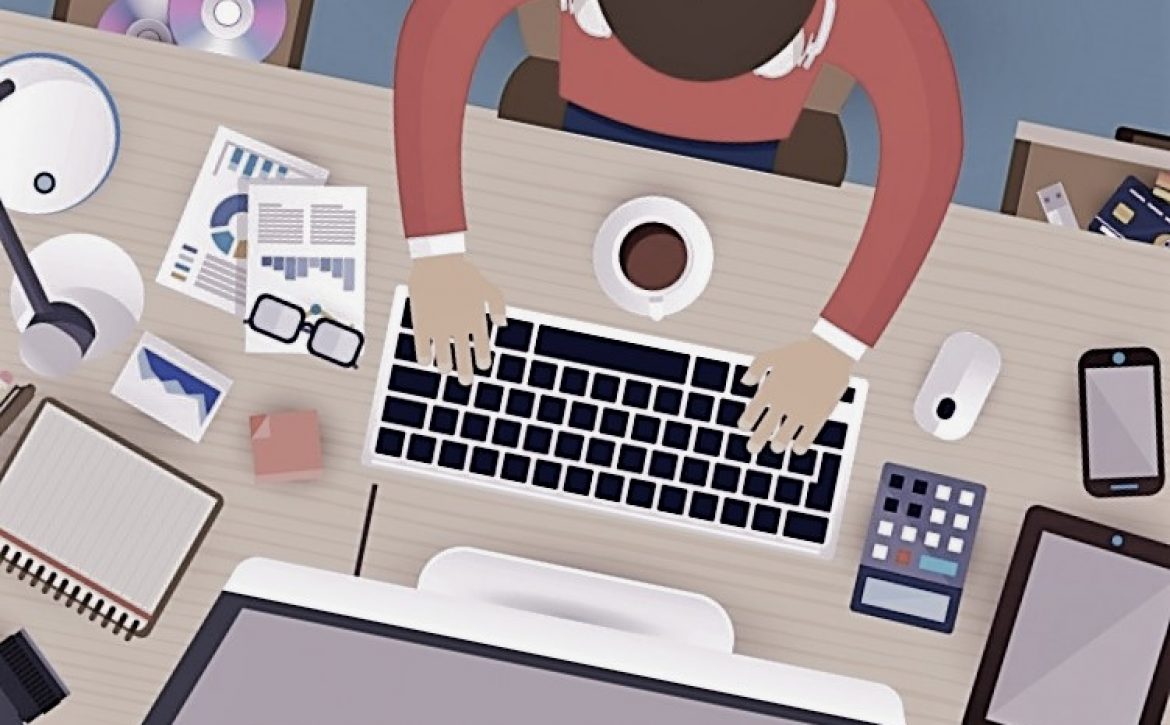

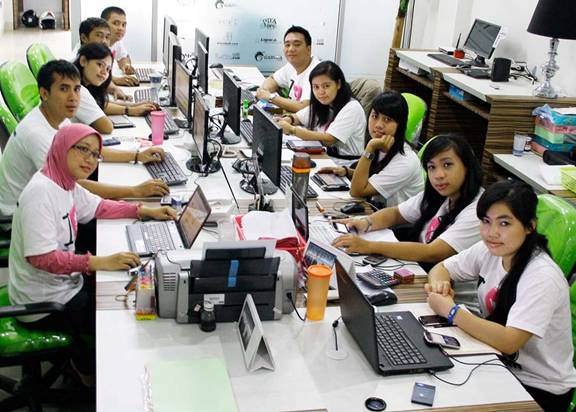


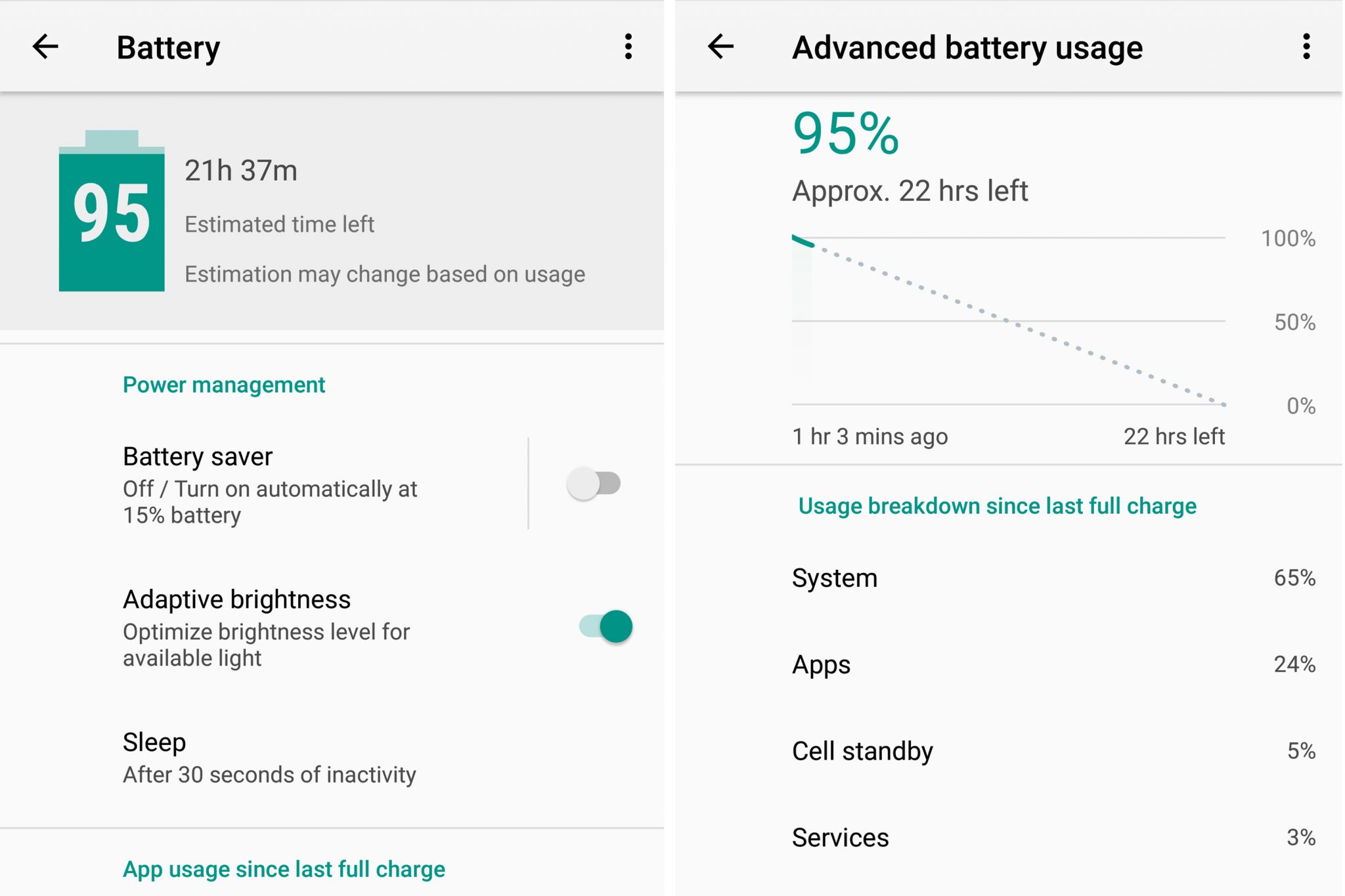
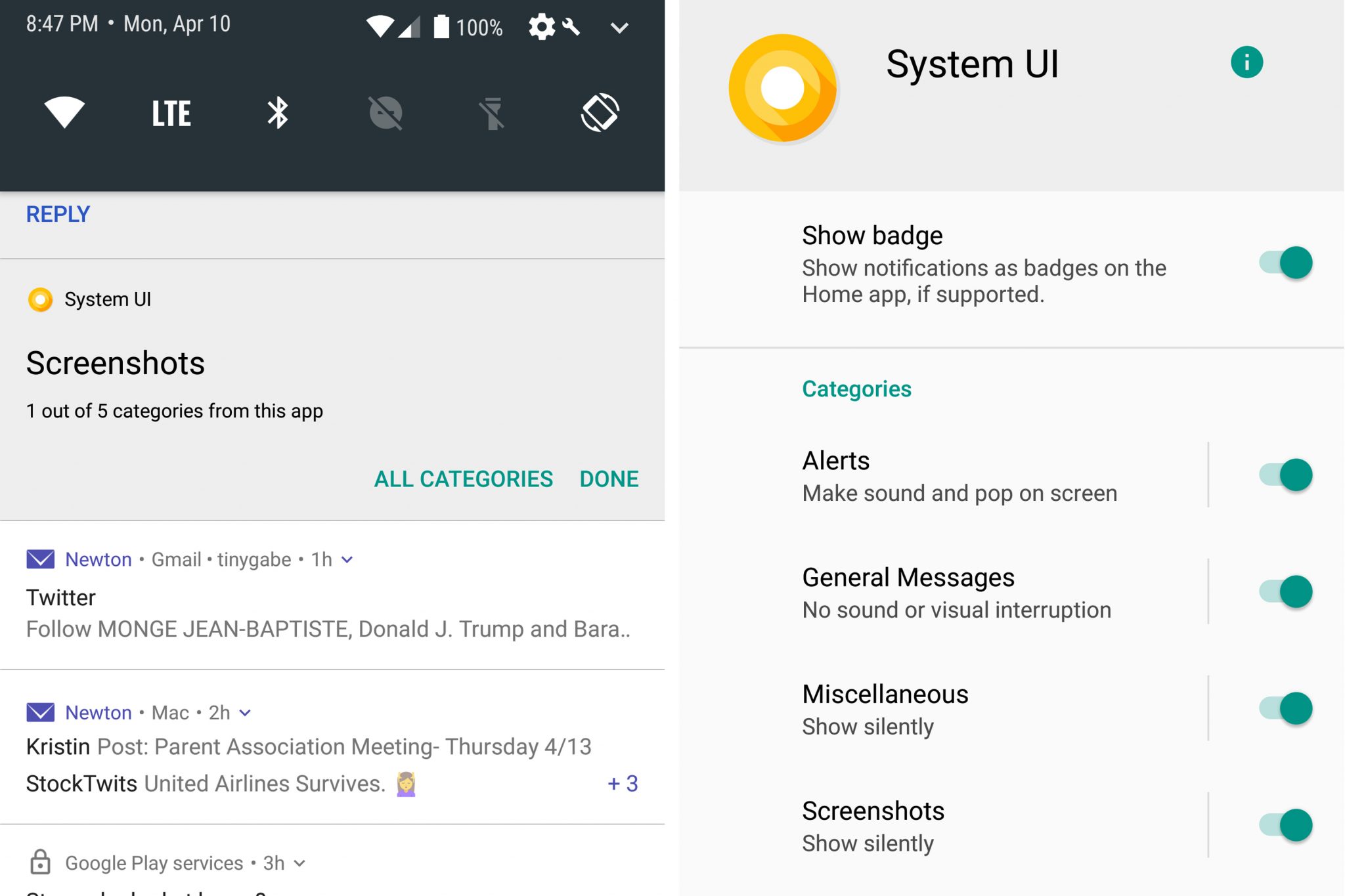
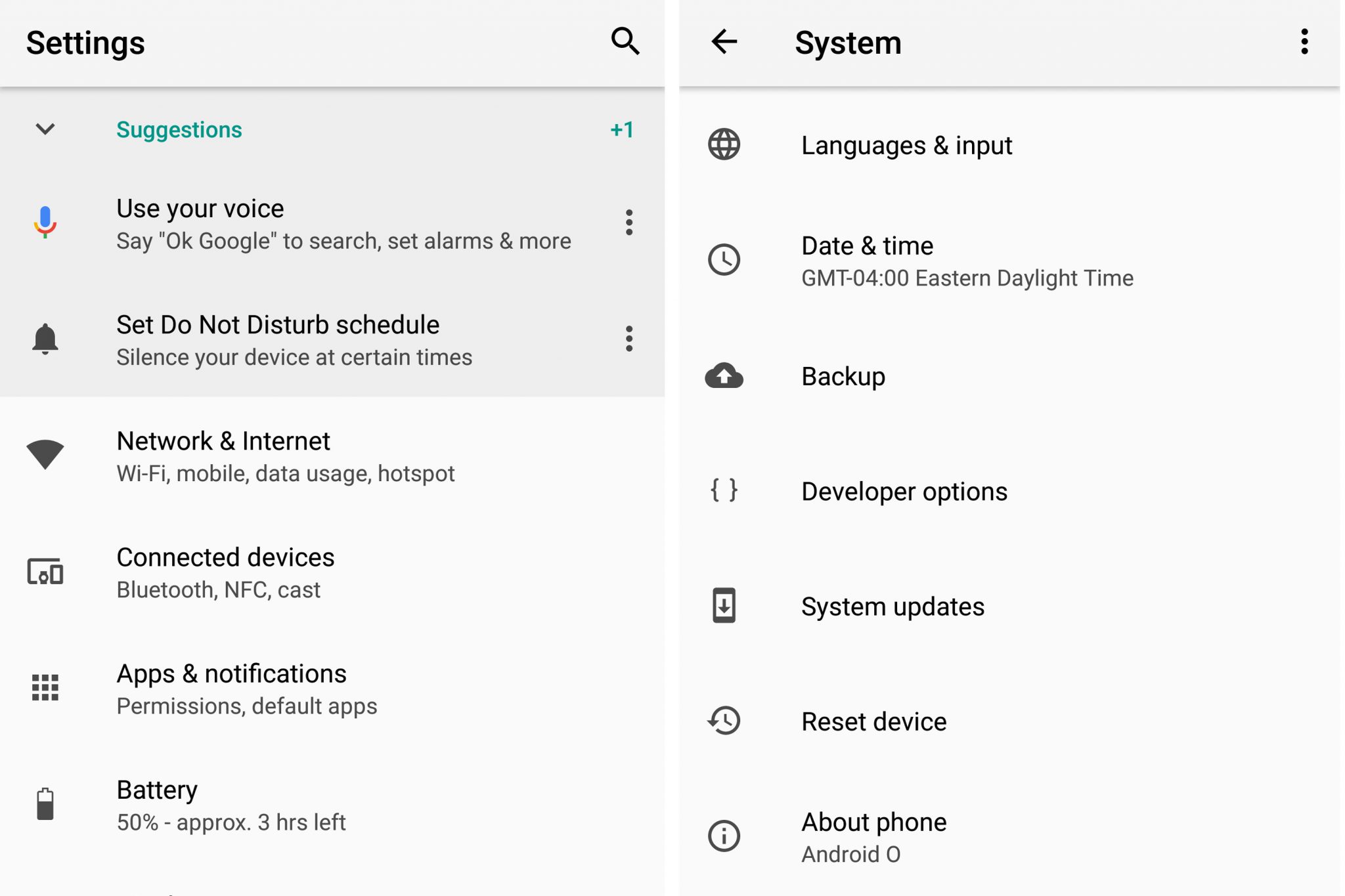
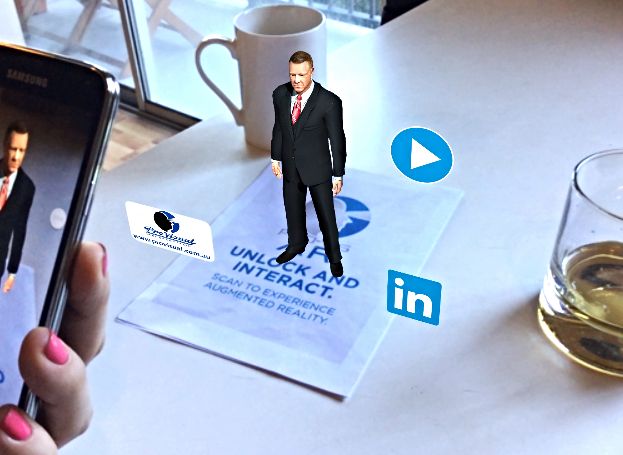 Image Source:
Image Source: 